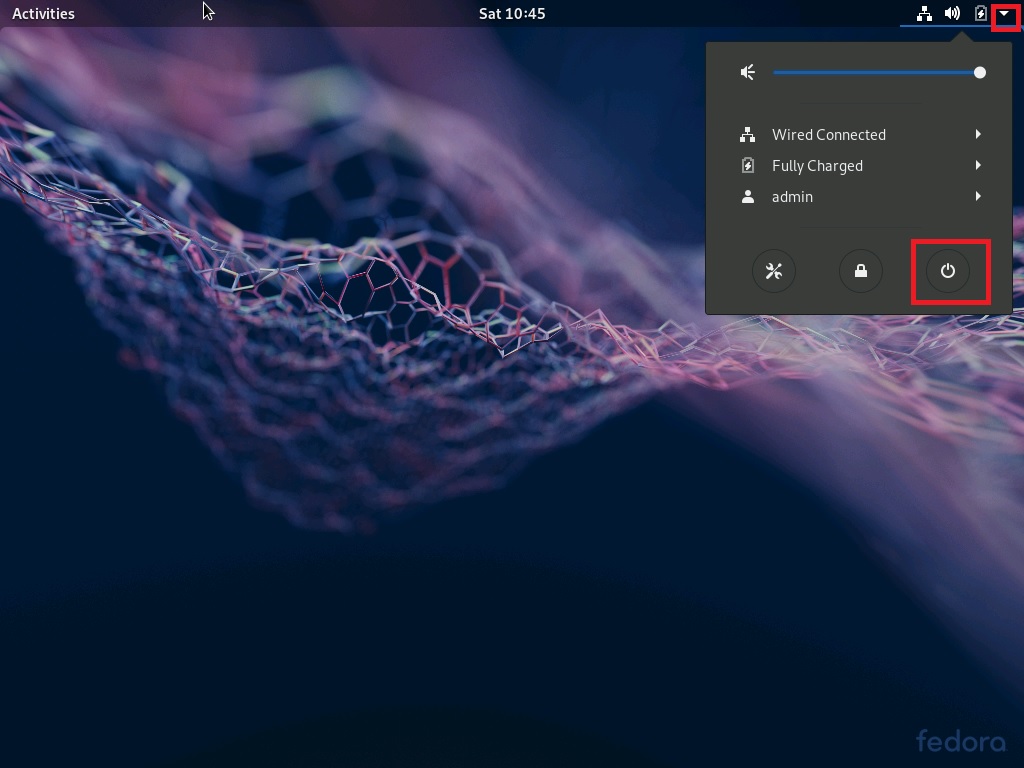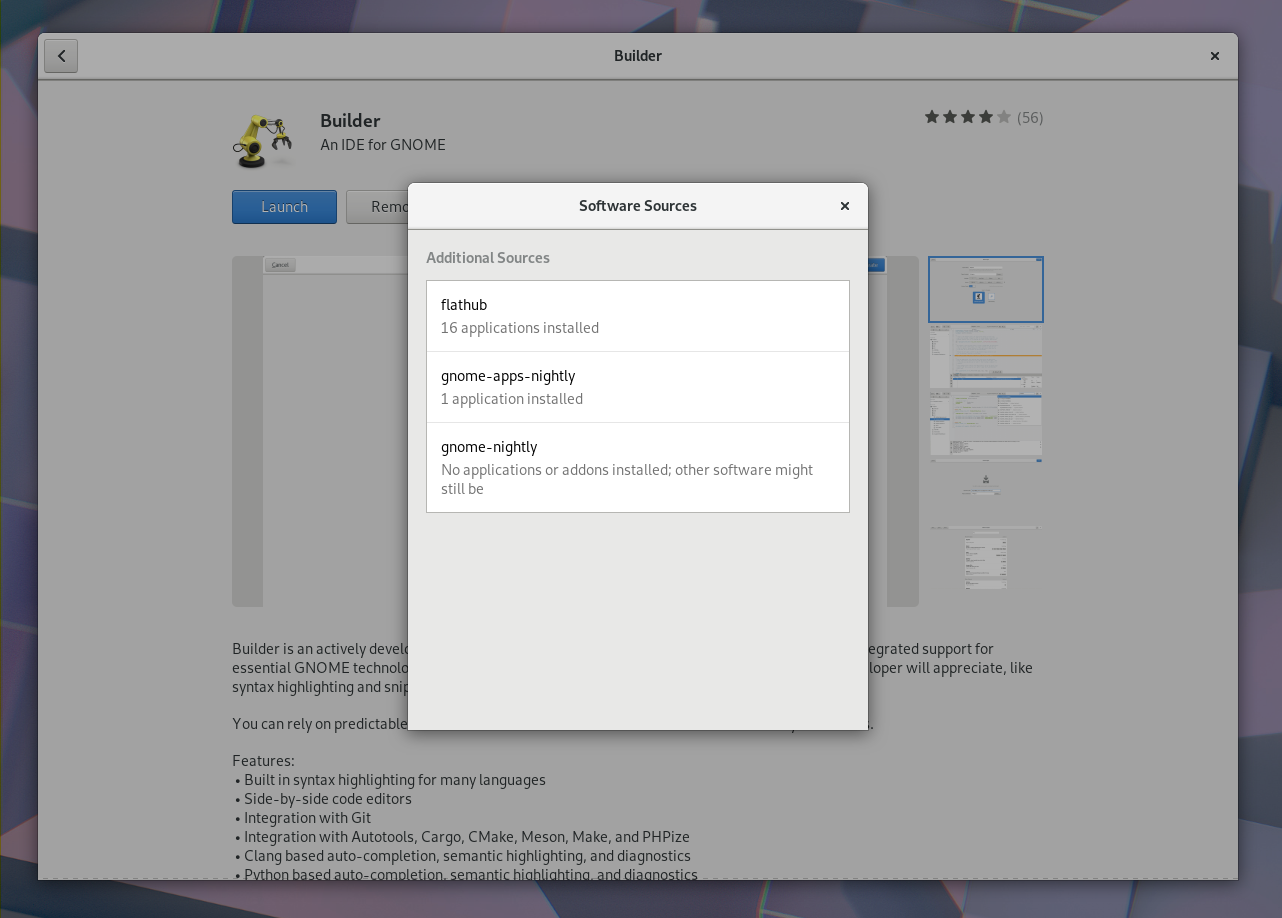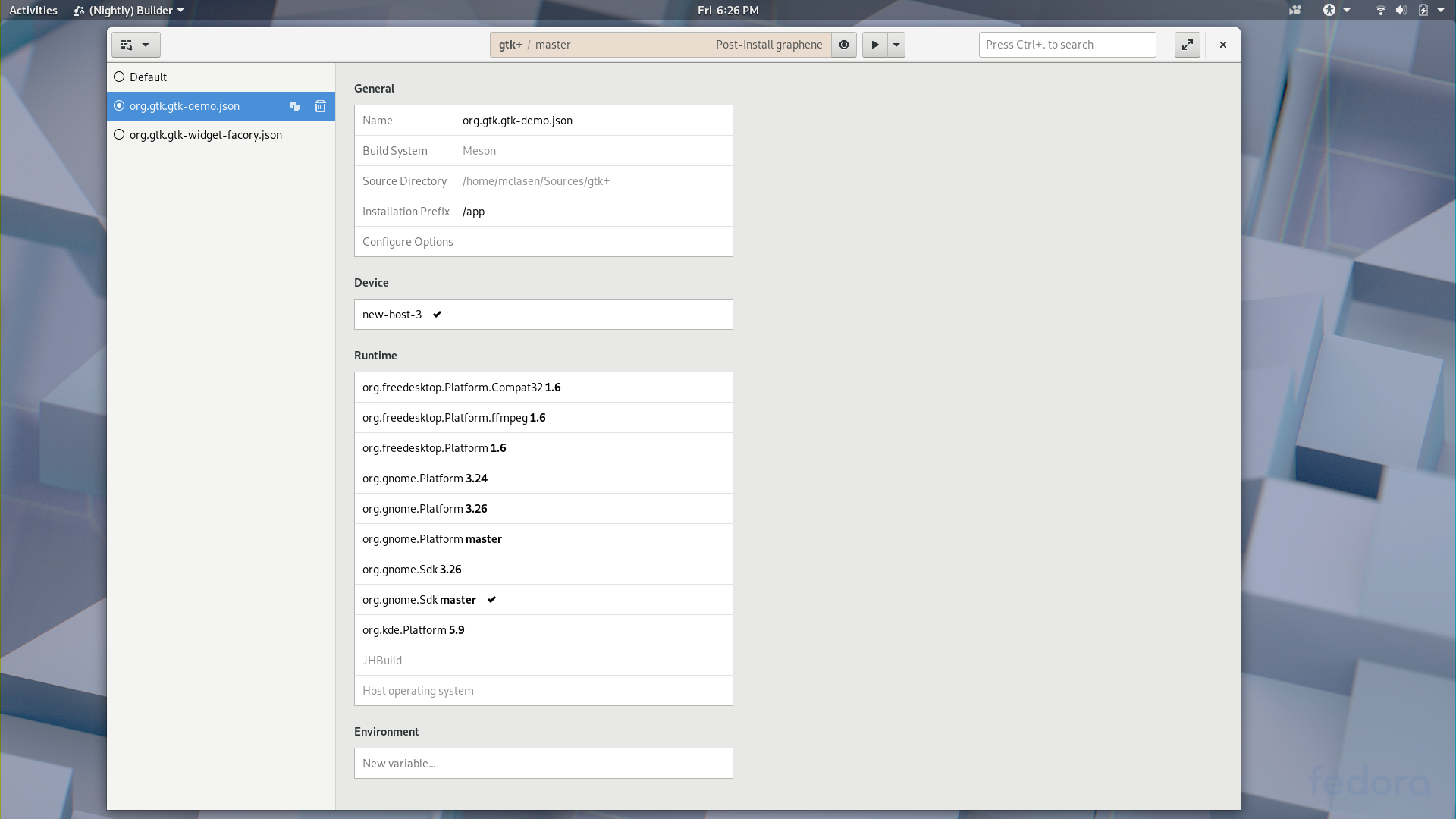

- Fedora atomic vs workstation install#
- Fedora atomic vs workstation software#
- Fedora atomic vs workstation windows#
The Workstation and Server editions are the more common editions. Fedora Atomic is designed around Kubernetes and containers. Fedora Server installs no graphical environment (useless in a server) and provides installation of DNS, mailserver, webserver, etc.
Fedora atomic vs workstation windows#
The Fedora Linux distribution is currently available in five different editions. Fedora Workstation installs a graphical X Windows environment (GNOME) and office suites. Related: What's the Difference Between Linux Distributions If They're All Linux?įedora is an open-source community-supported distribution created by Fedora Project and is primarily sponsored by Red Hat - an IBM subsidiary.

In addition to regular releases, Canonical provides support and security updates for all Ubuntu releases until their end-of-life (EOL) date.

Ubuntu receives a new release every six months, and each long-term support (LTS) release is made available every two years. Ubuntu is available for desktops, servers, and Core - a unique distribution for Internet of Things (IoT) devices. developed Ubuntu as an open-source Debian-based Linux operating system.
Fedora atomic vs workstation software#
You can download and test the Fedora 27 Atomic Host beta.If you are a Linux user, then you are no stranger to Ubuntu. Business Home Business Enterprise Software Where Fedora fits in the new Red Hat/CentOS Stream Linux world With CentOS Stream now 'tracking ahead' of Red Hat Enterprise Linux, where exactly does.
Fedora atomic vs workstation install#
This builds on top of the previous features, including support for direct RPM install and experimental LiveFS layering, enabling layering without a reboot. Fedora is now organized into three separate flavors: Workstation, Server, and Cloud. Problem 2: buildah now in the base image. This week, Fedora 21 (a.k.a., the release that must not be named) hit FTPs mirrors everywhere, with a feature list led by a new organizational structure for the distribution. It is a bit unfortunate that i had to remove my layered rpms from the repository to work around this. The installation script requires root or sudo privileges to install and use Docker. It is a common occurrence that 3rd party repositories lag behind the Fedora releases a bit, so this is not surprising. A classic Fedora Desktop with an additional 3D Windows Manager. , which now supports base package overrides (removes and replaces). Individuals and organizations that require an enterprise-grade, Fedora-like distribution but who do not want to or cannot pay for a RHEL license. Problem 1: The rpmfusion repo is not available for f28 yet. Users now have more control over these services.įedora 27 Atomic Host also comes with improvements in package layering by way of the latest rpm-ostree It also containerized services like Kubernetes, flannel, and etcd by default, which replaces Kubernetes, flannel, and etcd in the base OSTree. Fedora 27 Atomic Host Beta will now default to a large root filesystem that is shared with container storage through OverlayFS. Some of the new features of Fedora 27 Atomic Host include a consolidated storage setup based on OverlayFS for a more simple container storage setup. It offers a base image for creating virtual machines, an Atomic Host image for creating hosts for container deployment, and a Docker image. 10 20 Making changes upstream instead of specifically for Fedora Linux ensures that the changes are available to all Linux distributions. Unlike Workstation and Server editions, Fedora 27 Atomic Host gets upgrades on a two-week refresh cycle. Features Fedora has a reputation for focusing on innovation, integrating new technologies early on and working closely with upstream Linux communities.

It’s designed as a minimal footprint operating platform that offers a tailored experience for running container-based workloads in the cloud or on bare metal. Fedora comes in three versions: Workstation, Server, and Atomic Host.Ītomic Host is designed for containerized workloads, and the 17 beta comes with many new features for developers and operators. The Red Hat-sponsored Fedora community has released the beta of an upcoming Fedora 27 distribution.


 0 kommentar(er)
0 kommentar(er)
